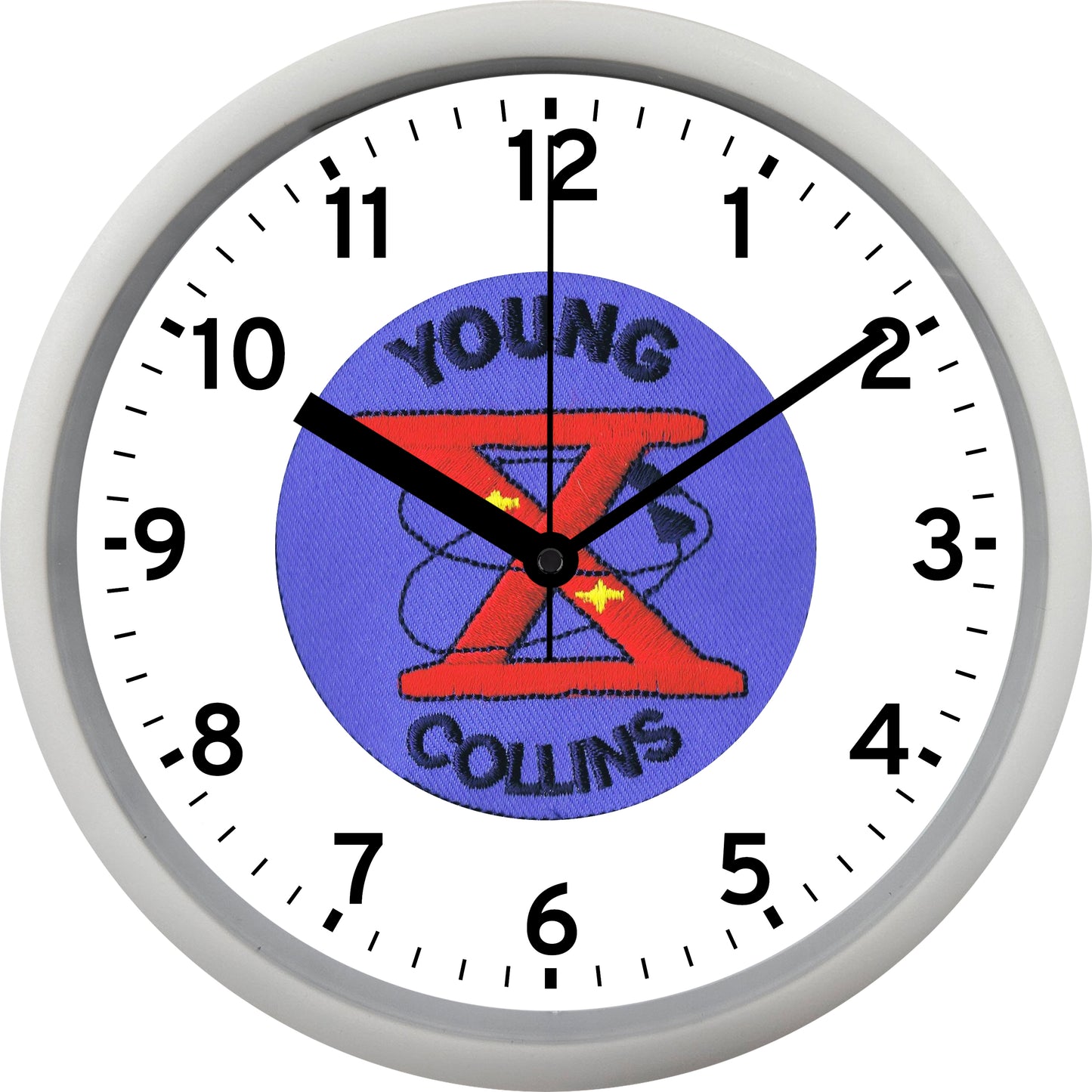Mainstays
NASA Gemini 10 - X Wall Clock
NASA Gemini 10 - X Wall Clock
Item Number/SKU:
SKU:NASA-21-WH
Couldn't load pickup availability
NASA "National Aeronautics Space & Administration" Gemini 10 - X Wall Clock
Gemini 10 - X "GLV-10 12565" - July 18, 1966 - July 21, 1966
John W. Young & Michael Collins
First use of the Agena Target Vehicle's propulsion systems. The spacecraft also rendezvoused with the Agena Target Vehicle from Gemini VIII. Collins had 49 minutes of EVA standing in the hatch and 39 minutes of EVA to retrieve experiments from the Agena. 43 orbits completed.
Project Gemini - 1961-1966:
Based on studies to grow the Mercury spacecraft capabilities to long-duration flights, developing space rendezvous techniques, and precision Earth landing, Project Gemini was started as a two-man program in 1962 to overcome the Soviets' lead and to support the Apollo manned lunar landing program, adding extravehicular activity (EVA) and rendezvous and docking to its objectives. The first manned Gemini flight, Gemini 3, was flown by Gus Grissom and John Young on March 23, 1965. Nine missions followed in 1965 and 1966, demonstrating an endurance mission of nearly fourteen days, rendezvous, docking, and practical EVA, and gathering medical data on the effects of weightlessness on humans.
Under the direction of Soviet Premier Nikita Khrushchev, the USSR competed with Gemini by converting their Vostok spacecraft into a two- or three-man Voskhod. They succeeded in launching two manned flights before Gemini's first flight, achieving a three-cosmonaut flight in 1963 and the first EVA in 1964. After this, the program was canceled, and Gemini caught up while spacecraft designer Sergei Korolev developed the Soyuz spacecraft, their answer to Apollo.


